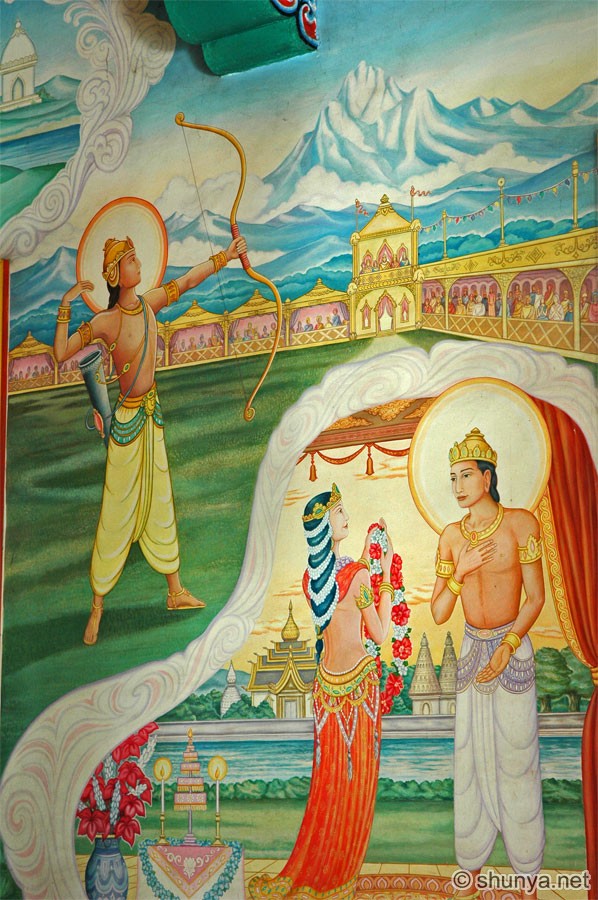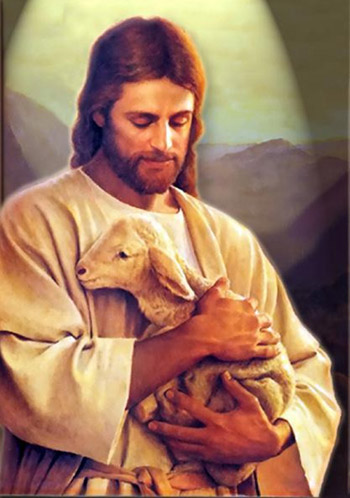
I WAS BORN AND RAISED CATHOLIC.
However, I have always done my best to keep an open mind when it comes to other religions and faiths. I think it is so interesting to learn what other people believe and why they believe it. While another religion may seem weird or completely unbelievable at first, discovering them really helps put my own religion in perspective. After all, I believe that a woman was impregnated without the help of a man, that some old guy parted a sea, and that a carpenter was able to walk on water and come back from the dead. My religion can sound pretty crazy too. One very fascinating (and fun) thing that I like to do when researching these other religions is comparing and contrasting them with my own religion. Common themes and parallel ideas are everywhere, as are major differences. This is true for Catholicism and Buddhism, specifically when comparing the lives of Jesus and Siddhartha (Buddha).
Each man grew up having very different lifestyles. Jesus was a poor carpenter, while Buddha was a prince.


JESUS AND BUDDHA HAD TO VERY DIFFERENT UPBRINGINGS, BUT BOTH BECAME GREAT MEN.
Yet, despite his lavish upbriniging, which easily could have led him to be spoiled and tyrannical at heart, Buddha came to the same conclusion as Jesus. Upon witnessing his cousin shoot a swan, Buddha decided “that [he] shall teach compassion unto men and be a speechless world’s interpreter.”[1] This incident “began his works of mercy.”[2] This calls to mind Jesus’ teaching of the “golden rule,”—that one should treat others as he/she would like to be treated.
Both men set out to fix the problems they saw in the world as well, though they went about it in different ways. Just as Jesus was witness to all the sin around him, so too did Buddha notice “the thorns which grow upon this rose of life”[3]—the realization that “life [is] living upon death.”[4] While considering this, Buddha “first began to mediate the deep disease of life”[5] and went on to spread his techniques. Jesus, on the other hand, sacrificed himself for his people, in order to free them of their sins.
Another interesting parallel between the two religions is their use of certain animals and their symbolism. In Christianity, the serpent is a symbol of evil, for that is the shape the devil took when he convinced Eve to sin in the Garden of Eden. Similarly, Buddha encounters a woman whose baby has encountered “that kiss mark of the serpent.”[6]

IN BOTH RELIGIONS, SNAKES HAVE A CONNOTATION OF BEING EVIL....
In the Bible, Jesus often talks about how he is the shepherd, and his followers are the sheep. Buddha makes use of the same analogy when he states “Alas! For all my sheep which have no shepherd; wandering in the night with none to guide them,”[7] and eventually convinces the king to declare that “henceforth none shall spill the blood of life nor taste of flesh.”[8]

...WHILE SHEEP HAVE A CONNOTATION OF NEEDING A GUIDANCE AND PROTECTION.
One other interesting point that Buddhism made me think about was Siddhartha’s opinion of certain rituals. Siddhartha admits that “the purifications were nice, but they were just water, and didn’t wash away sins,”[9] and “sacrifices and invocations to the gods were superb—but were the sufficient?”[10] Such observations have led me to consider my own faith’s traditions and realize that more important than any ritual is one’s actual relationship with God.
[1] Edwin Arnold, The Light of Asia, X240
[2] Edwin Arnold, The Light of Asia, X240
[3] Edwin Arnold, The Light of Asia, X241
[4]Edwin Arnold, The Light of Asia, X241
[5] Edwin Arnold, The Light of Asia, X241
[6] Edwin Arnold, The Light of Asia, X242
[7] Edwin Arnold, The Light of Asia, X244
[8] Edwin Arnold, The Light of Asia, X244
[9] Herman Hesse, Siddhartha, 7
[10] Herman Hesse, Siddhartha, 7
No comments:
Post a Comment